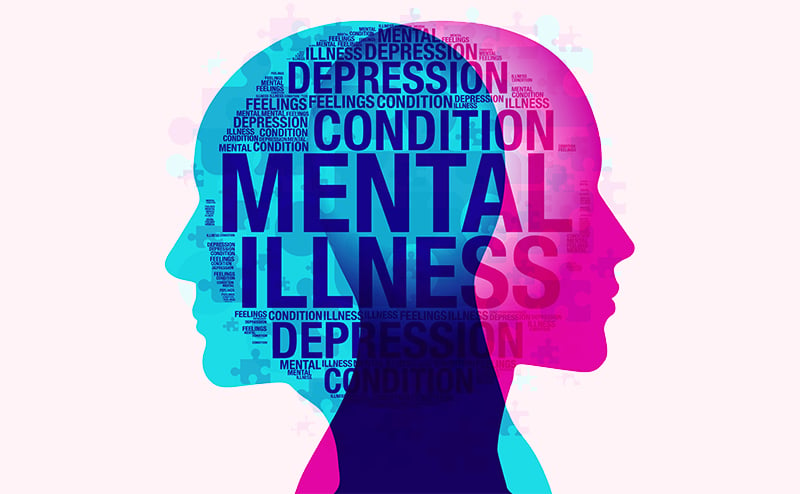Nearly one in five American adults struggle with some form of mental illness, and emergency department visits for children who attempt suicide or had thoughts of suicide have almost doubled in the last several years. In fact, according to data from August 2020 from the Centers for Disease Control and Prevention (CDC), one in four young adults between the ages of 18 and 24 say they've considered suicide during the COVID-19 pandemic.
The current health care system is failing too many of our patients, often leaving no other option for appropriate care. As a result, patients can remain in the emergency department for hours, sometimes days, as we locate and secure follow-up community care. More must be done to make sure patients with mental illness can get the care they need and deserve.
The emergency department is an invaluable resource and the hub for care and care transitions. Needs vary by patient, provider, and community, and in some cases, dedicated regional psychiatric emergency service networks offer a holistic approach that can be faster and more effective than a patchwork of inpatient care, outpatient treatment, and community-based recovery programs.
Some emergency departments are deploying new technology to better connect patients with resources in the community, as well, telepsychiatry holds significant promise and can link hospitals and care providers across the country.
 American College of Emergency Physicians
American College of Emergency Physicians







